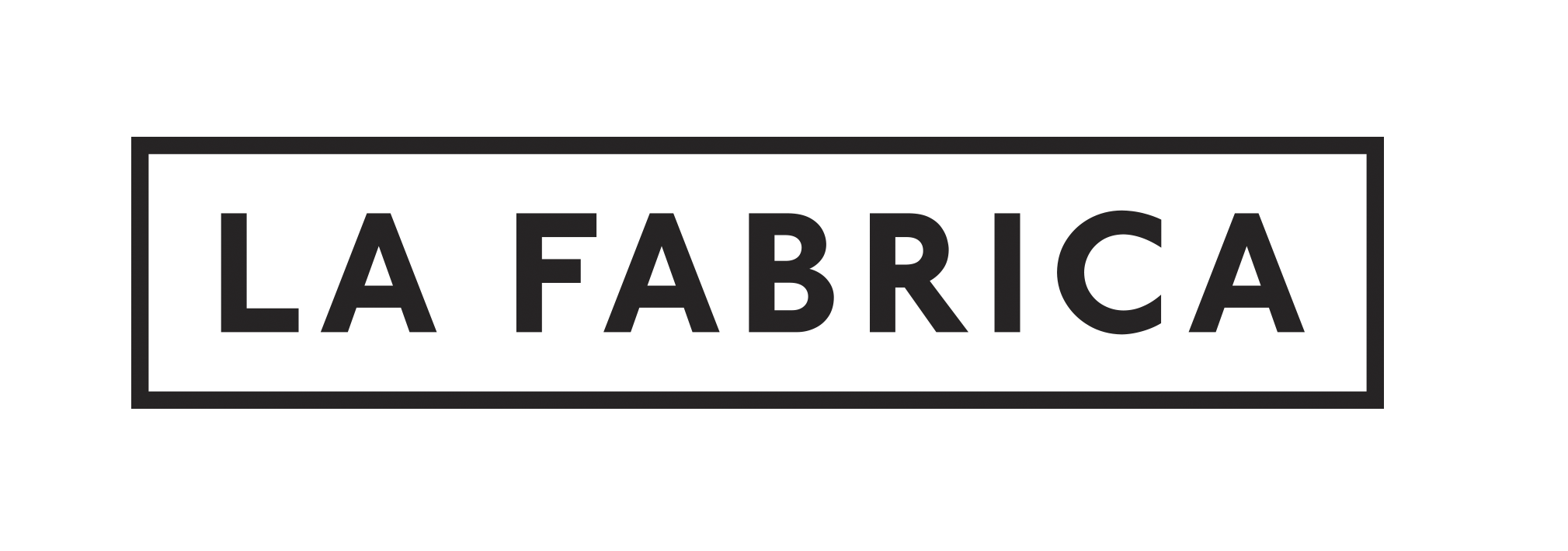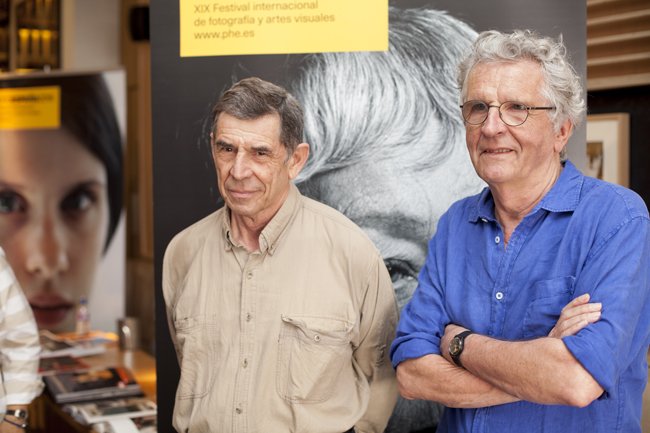The photographers Harry Gruyaert and Cristóbal Hara have been awarded the PHotoEspaña and Bartolomé Ros awards respectively, the two highest awards granted annually by PhotoEspaña, the international festival of photography and visual arts, in recognition of the work of the most significant figures in the fields of photography and the visual arts.
Festival organizers have decided to present the 2016 PHotoEspaña Award to Belgian photographer Harry Gruyaert (Antwerp, 1941). Precursor of an unmistakable style that influenced tendencies in the 70s and 80s, Harry Gruyaert’s work is characterized by a unique and extraordinary use of color. As an experimenter since his beginnings as a film director, he has managed to create a distinct style for his photography based on an exquisite treatment of light, ever present in his work and giving rise to an iconography full of beauty, harmony and authenticity. Tireless traveler, his pictures of Morocco, France, Belgium, Egypt, India, Russia and the U.S. form part of the patrimony of European photography and place his legacy among the major masters of international photography.
Previous winners of the PHotoEspaña Award include Ramón Masats, Bernard Plossu, Alberto García-Alix, Thomas Ruff, Graciela Iturbide, Malick Sidibé, Martin Parr, Robert Frank, Hiroshi Sugimoto, William Klein, William Eggleston, Helena Almeida, Nan Goldin, Duane Michals, Chema Madoz, Luis González Palma and Josef Koudelka.
Harry Gruyaert’s work is on view in the group show Transitions. Ten Years that Altered Europe as part of PHotoEspaña 2016s official section. The show can be visited in the Sala Picasso at the Círculo de Bellas Artes until September 25th, 2016.
About Harry Gruyaert
In his more than 30-year career, Harry Gruyaert, member of the Magnum agency since 1981, has become a master in capturing the world’s colors and chromatic nuances, from Europe to Morocco, India to Egypt. As curators Alexis Fabry and Maria Wills affirm in Transitions. Ten Years that Altered Europe –published by La Fábrica in collaboration with Toluca- “Harry Gruyaert became known, after photographing Morocco, with his series Made in Belgium realized almost completely in the 80s.” Gruyaert’s pictures avoid exotic stereotypes, instead placing the viewer in mysterious, almost impenetrable atmospheres. In the words of Fabry and Wills, “Gruyaert paints in color a different, feverish world, arising from the long nights of Carnival.”
The Bartolomé Ros Award for the most significant Spanish career in photography has been granted to Cristóbal Hara. The jury, consisting of Rosa Ros, responsible for Bartolomé Ros’ legacy; photographer Ramón Massats, winner of the 2014 PHotoEspaña Award; Rosario Peiró, head of collections at the Centro de Arte Reina Sofía; Pepe Font de Mora, director of the Fundació Privada Foto Colectania; and PHotoEspaña president Alberto Anaut, wishes to recognize Cristóbal Hara for “the originality of his work, his singular vision and the depth of his work throughout the last decades.”
The award, granted in honor of the legacy of Bartolomé Ros, acknowledges the contribution of a Spanish figure to the development of photography in any of its fields, whether as curator, author, historian, critic or through any other direct link to the medium. Previous winners: Colita, Gervasio Sánchez, Carlos Pérez-Siquier, Fundació Foto Colectania, Chema Madoz, Chema Conesa, Isabel Muñoz, Ricard Terré, Marta Gili y Javier Vallhonrat (ex aequo), Alejandro Castellote, the Librería Kowasa, Joan Fontcuberta, Alberto García-Alix, Juan Manuel Castro Prieto, Ramón Masats, Cristina García Rodero and Publio López Mondéjar.
About Cristóbal Hara
Cristóbal Hara (Madrid, 1946) is one of the major exponents of contemporary Spanish photography. As Chema Conesa declares in the volume Cristóbal Hara, from the PHotoBolsillo series published by La Fábrica, “Hara’s images radiate emotion. They pierce the consciousness of those who know nothing nor pretend to know what they’re seeing. A celebration of exaltation, intuition and an inner conviction about the reality of the feelings they transmit.” Regarding the evolution of Cristóbal Hara’s photographic language, Conesa explains in this same volume, “He is an artist who begins with the clear documentary vocation of the best Bressonian school and tradition –the decisive moment –and then, through an inner journey, changes techniques and methods until reality is reduced to fiction, from the decisive moment to the irrelevant shot, from the impeccably composed image to the theoretically incorrect image, and all this while managing to elaborate a photographic language ideal for transmitting direct and emphatic emotions, free from the strictures of both styles and rules.”


